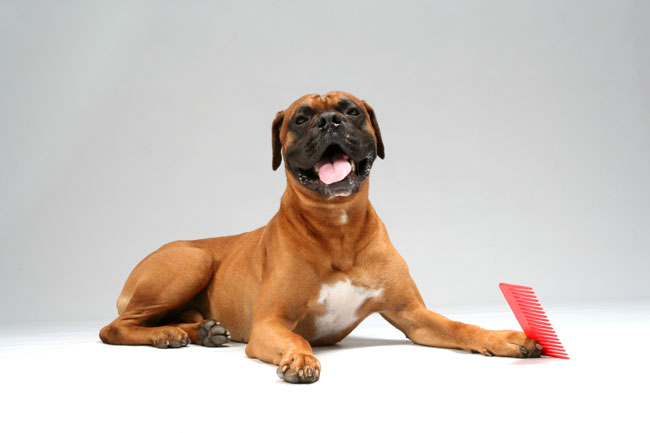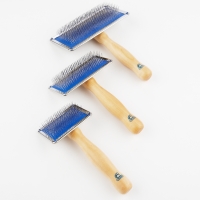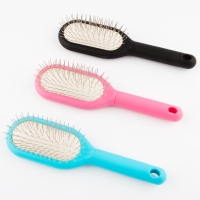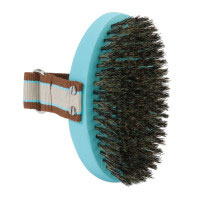
Dog Coat Brushing Essentials

Brushing your dog's coat is an important aspect in keeping it healthy, tangle-free and wonderfully shiny. It's more than just physical benefits though. Brushing your dog will also help to strengthen the bond between you. Here are the essentials of dog coat brushing that you need to know.
Tools
Using the right type of tools make the grooming process much easier and way more effective.
Do some research on the type of tools available in the market for your dog's particular breed.
Naturally, you should not use the same brush on a Labrador Retriever that you would on a Yorkshire Terrier.
Some basic tools you will need are a fine and/or wide toothed metal combs, scissors and an appropriate brush for the type of coat.
There are many types of brushes for dog coat, so you should choose according to your dog's coat needs.
It is common for a dog to require several types of brushes. Can you identify the following brushes and what they are used for?



Frequency Again, frequency of brushing varies greatly between breeds and individual canines but remember to establish a regular schedule of grooming sessions. A good time to groom your dog would be when it is less energetic, for example, after a walk. Long-haired dogs require more brushing, usually daily, as compared to short-haired dogs because they are more likely to develop mats, tangles and other problems.
Brushing Techniques The most important rule to remember is to keep the brushing light and gentle. Part the coat by pushing it back with one hand and brushing the hair down a little at a time with the other. Work in sections, starting at the head, moving the brush or comb downwards. Use quick, deep strokes and take care not to scrape the skin. Brushing is also a good time to check for fleas, ticks, hair loss, inflammations, unusual tenderness or lumps under the skin.
Detangling Areas most prone to tangles, knots, and matting, are your dog's armpits, behind the ears, rear end and chest. If left untreated, they can lead to infections and sores. Using a metal comb, gently tease out any tangles and knots. Begin teasing at the ends of the hair and slowly work up towards the skin. Take the mats between your fingers and separate them gently. If separating it by hand is impossible, try a mat splitter to cut off the tangle. If the tangling is more serious, you may have to engage a professional groomer.